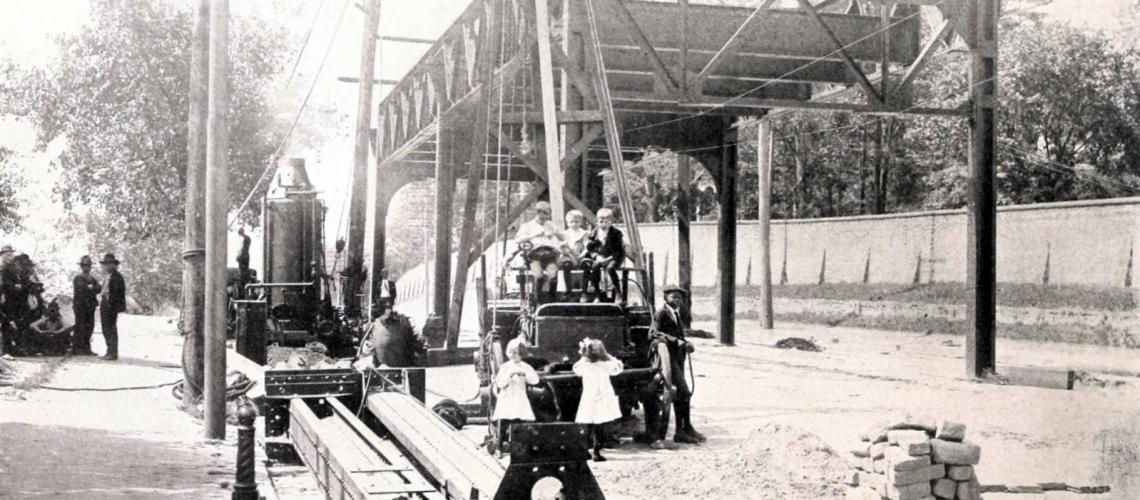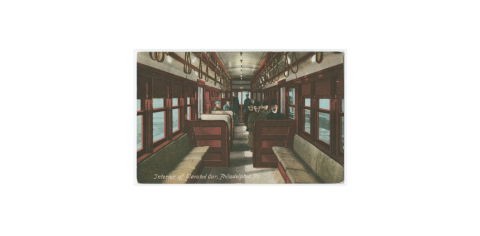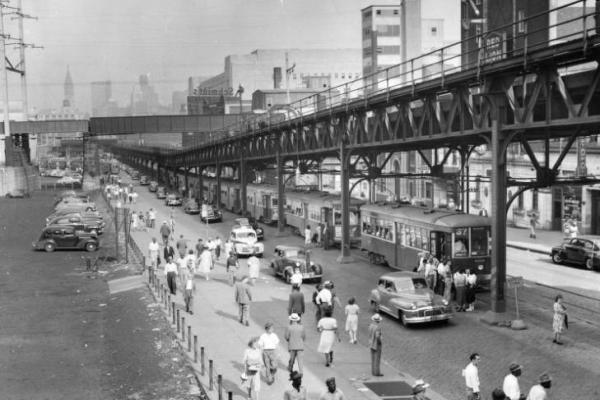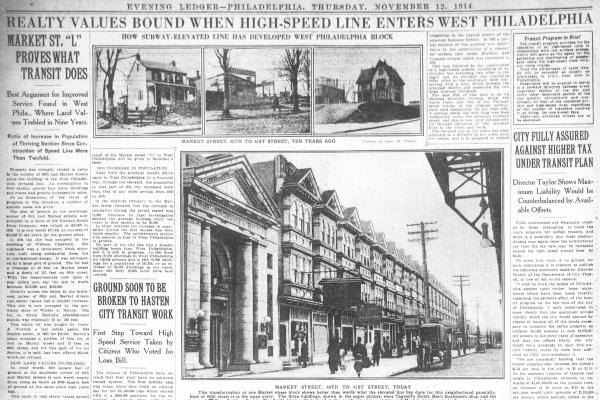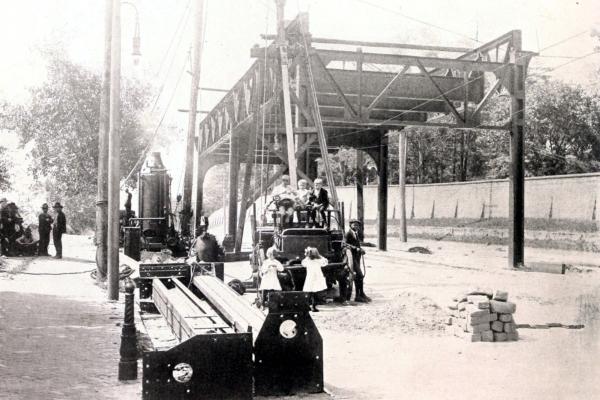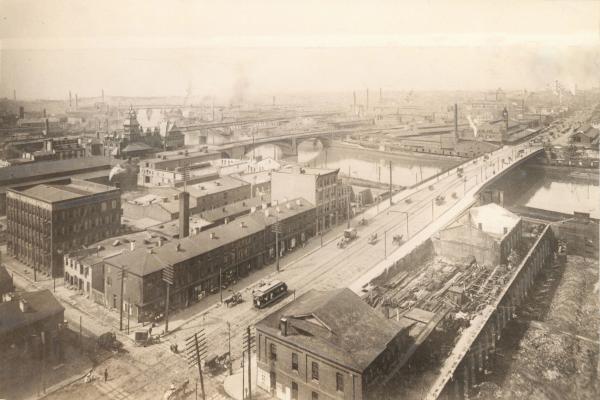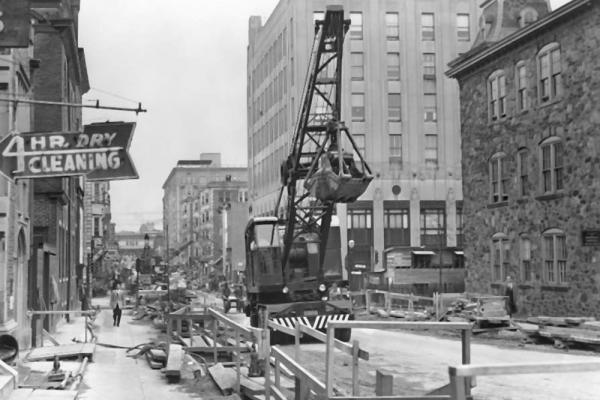Building the Market Street Elevated in West Philadelphia
The Market Street Subway and Elevated opened in West Philadelphia in 1907, carrying commuters from three stations along the elevated line to 23rd Street, and from there underground to City Hall.
The Market Street Subway and Elevated opened its West Philadelphia service in 1907. The Philadelphia Rapid Transit Authority (PRT) opened three stations along the elevated line from 63rd to 23rd Street, at which point the line operated as a subway to City Hall. By 1908, the line was fully operational between 69th Street (Upper Darby) and Delaware Avenue
By agreement with the City Councils in 1903, the PRT was to build the Market Street Subway and Elevated in six phases:
- Construction of an elevated railway from the Schuylkill River through West Philadelphia to a terminus in Upper Darby,
- Construction of a bridge to carry the elevated over the Schuylkill River,
- Construction of a four-track subway under Market Street from the Schuylkill River to City Hall,
- Construction of a two-track subway from City Hall under Market Street to an outlet at Front and Arch Streets,
- Construction of a loop subway under Broad Street, Walnut Street, 8th Street, Arch Street, and Broad Street to conduct the local tracks in a large loop in the business district east of City Hall, and
- Construction of an elevated railway on Delaware Avenue to serve the Delaware River ferries.[1]
As noted above, one phase of the project entailed constructing a new steel railway bridge that would stand 100 feet north of the permanent Market Street Bridge. Construction began on this bridge—named the Schuylkill River Bridge—in July 1903 and was completed in August 1905.[2]
Once the Schuylkill River Bridge was under construction, the PRT proceeded to build the 69th Street terminal, the western terminus of the project, in an Upper Darby (Delaware County) cow pasture. The rapid transit line constructed between 69th Street and a point near Cobb’s Creek was not elevated; this first section of the line crossed private property in “cut and fill” fashion; earth that was dredged to form the “cut” was used to build an embankment. Near Cobb’s Creek the line would leave the cut on an incline to become "The El" at 63rd Street. In October 1904, the PRT started erecting columns and girders on West Market Street simultaneously in two sections: 1) from 63rd Street east to 45th Street, and 2) from 45th Street to the Schuylkill River Bridge. A two-way electric streetcar line continued to operate beneath the rising El, which was completed in August 1905.[3]
Trolley car lines serving Delaware, Chester, and Montgomery counties fed into the 69th Street terminal. City-bound passengers transferred here to the Market Street Line. Elevated stations rose along the line at 36th, 46th, and 63rd streets. Four tracks spanned the new Schuylkill River Bridge, with the two inner tracks for the El and the two outer tracks for the trolleys. After crossing the river, the trains and the subway-surface cars entered an underground tunnel through a portal at 23rd Street, and the tunnel tracks carried them to City Hall. A third rail provided electricity for the Elevated and all trains and subway-surface cars inside the tunnel. Outside the tunnel, overhead trolley wires powered the subway-surface cars.[4]
“At City Hall, the tracks diverge, the two eastbound and the two westbound passing to the south and north of the City Hall respectively,” reported the PRT in 1908. “The tracks for the surface cars terminate in a loop on the east side of the City Hall, passing under the through tracks, so that all street cars from West Philadelphia return westward after passing around City Hall.” The through tracks were connected, by means of an incline erected between Front and Water streets, to the elevated railway on Arch Street; from there the tracks carried the trains to Delaware Avenue and the South Street ferries.[5]
The Market Street Line’s West Philadelphia service carried the first passengers to City Hall in March 1907. Underground stations at 19th and 15th streets served the elevated-subway trains. The 19th Street station also served the subway-surface cars. By the fall of 1908, the Market Street Elevated and Subway line was fully operational from 69th Street to Delaware Avenue, a span that could be covered in less than a half hour.[6]
